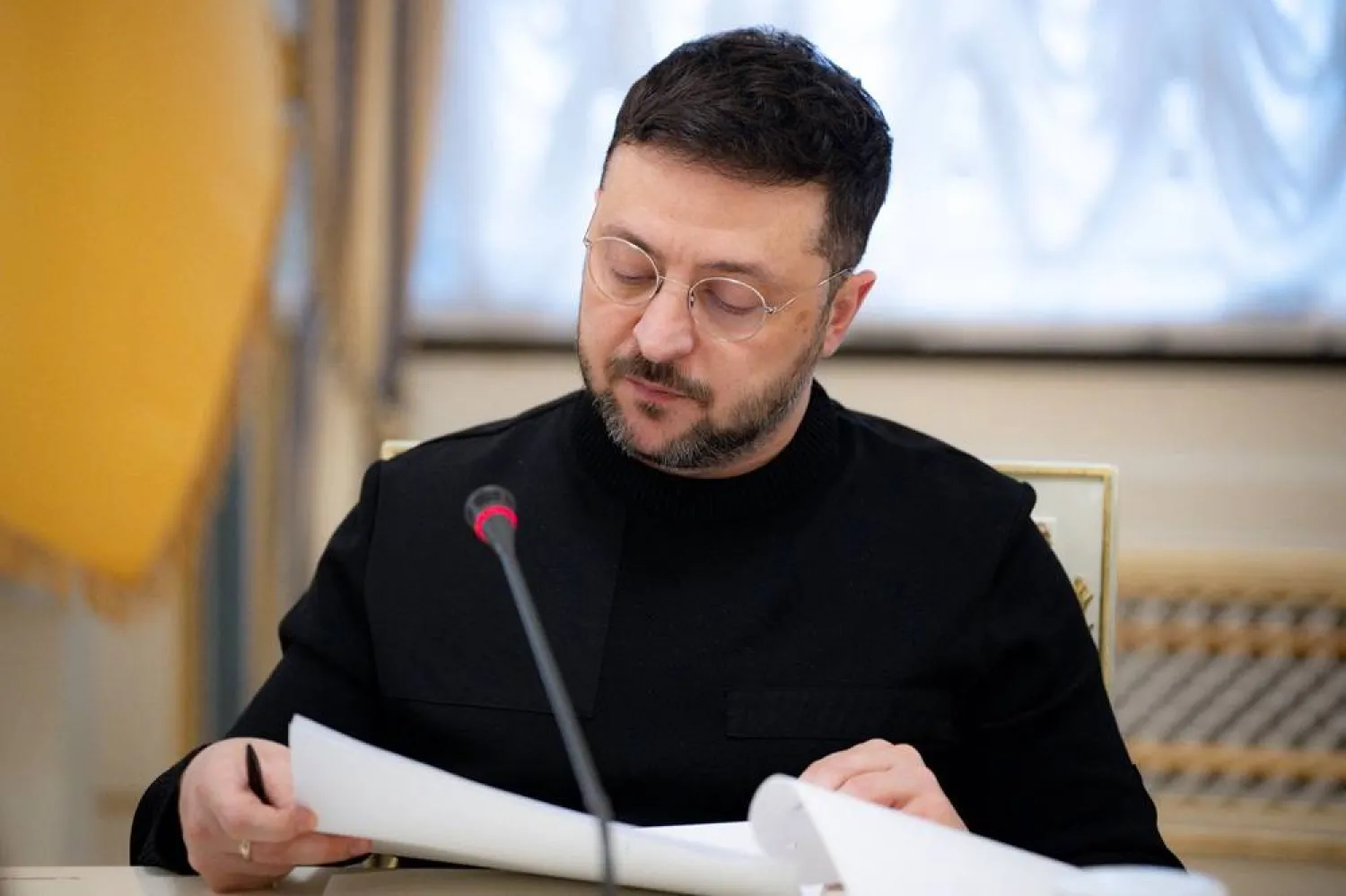The Russian military on Wednesday began a third round of drills with tactical nuclear weapons, part of the Kremlin's messaging intended to force the West to limit its support for Ukraine.
The Russian Defense Ministry said the drills will feature units of the central and southern military districts armed with Iskander short-range missiles. They will practice receiving nuclear weapons from storage and deploying them to designated launch areas. The maneuvers will also include air force units that will arm their warplanes with nuclear weapons and perform patrol flights.
The ministry said the drills are intended to maintain troops' readiness for combat missions.
Tactical nuclear weapons include bombs, warheads for short-range missiles and artillery munitions and are meant for use on a battlefield. They are typically far less powerful than strategic weapons — massive warheads that arm intercontinental ballistic missiles and are intended to obliterate entire cities.
The previous two rounds of the maneuvers were held in May and June. The drills in June were conducted jointly with the armed forces of Russia's ally Belarus.
Last year, Russia moved some of its tactical nuclear weapons into neighboring Belarus, which also borders Ukraine and NATO members Poland, Latvia and Lithuania. Belarus’ authoritarian President Alexander Lukashenko has relied on close ties with Russia and provided his country as a staging ground for sending troops to Ukraine in February 2022.
Russian President Vladimir Putin and his officials have repeatedly reminded the West about the country’s nuclear might in a bid to discourage NATO allies from ramping up their support for Kyiv.
The Kremlin has described the drills with tactical nuclear weapons as part of Moscow's response to statements by NATO allies encouraging strikes on Russian territory with Western weapons and the possible deployment of Western troops to Ukraine.
Amid recent battlefield gains in Ukraine, Putin has emphasized that Russia doesn’t need nuclear weapons to achieve his goals. But he also reaffirmed that they can be used in the case of a threat to Russia's territorial integrity in line with the country's nuclear doctrine.
Russian hawks have urged the Kremlin to change the doctrine to lower the threshold for using nuclear weapons, and Putin said the document could be modified to take into account the evolving global situation.









